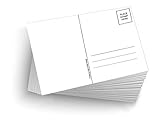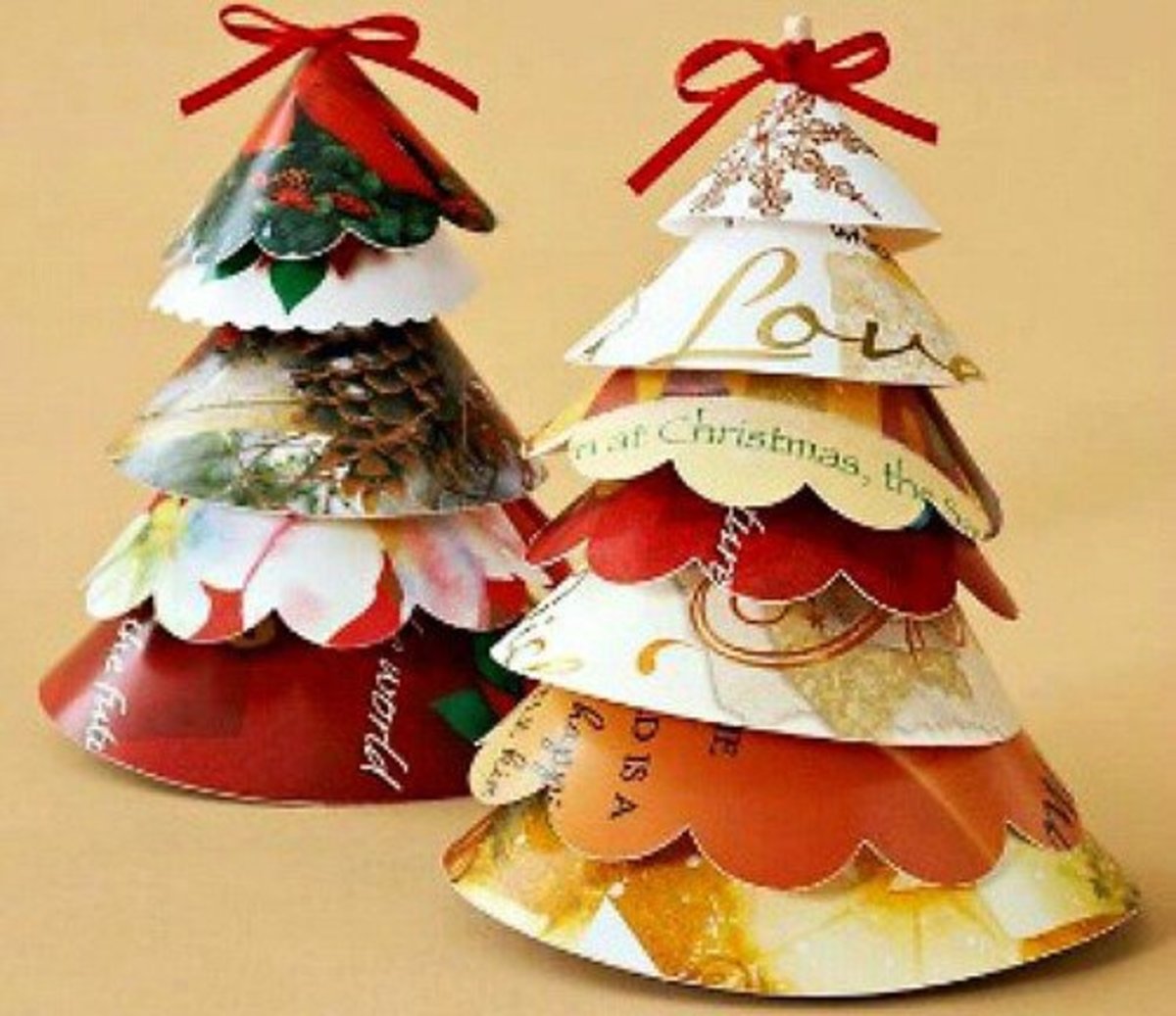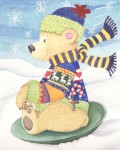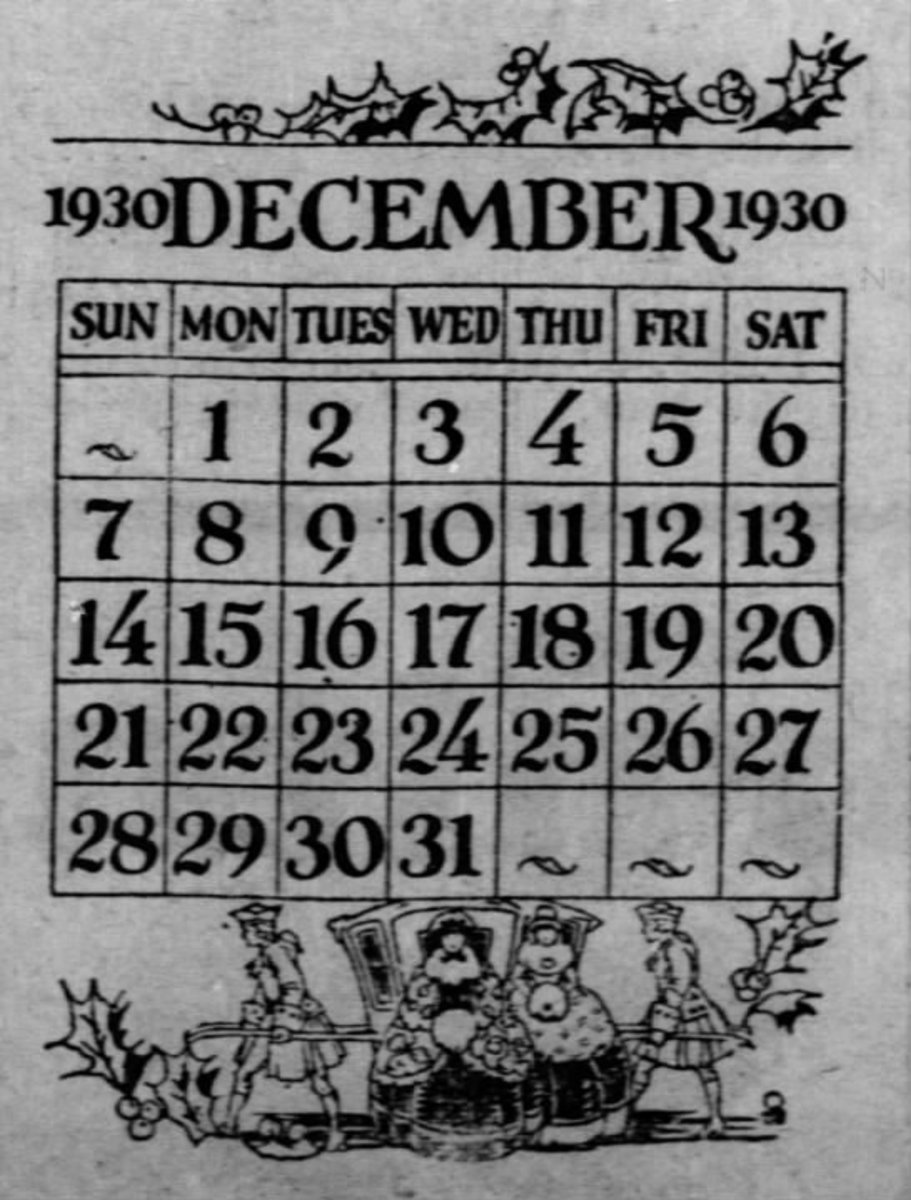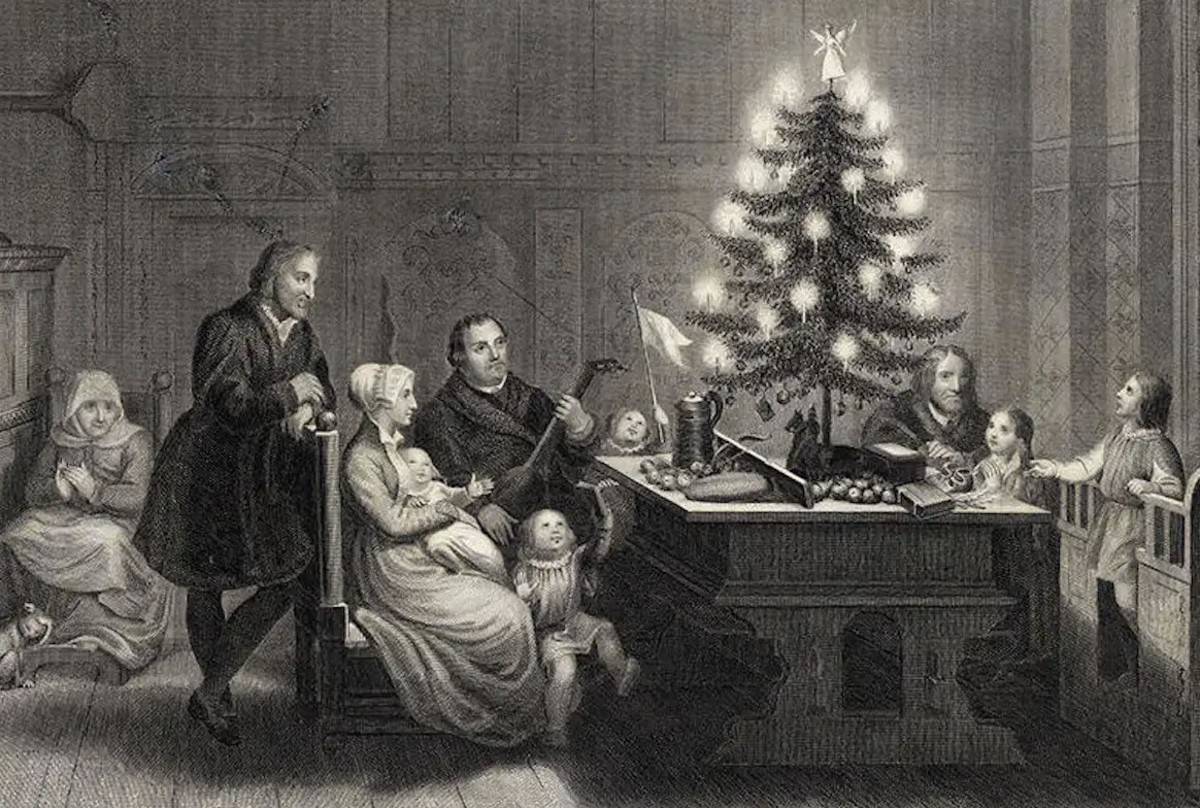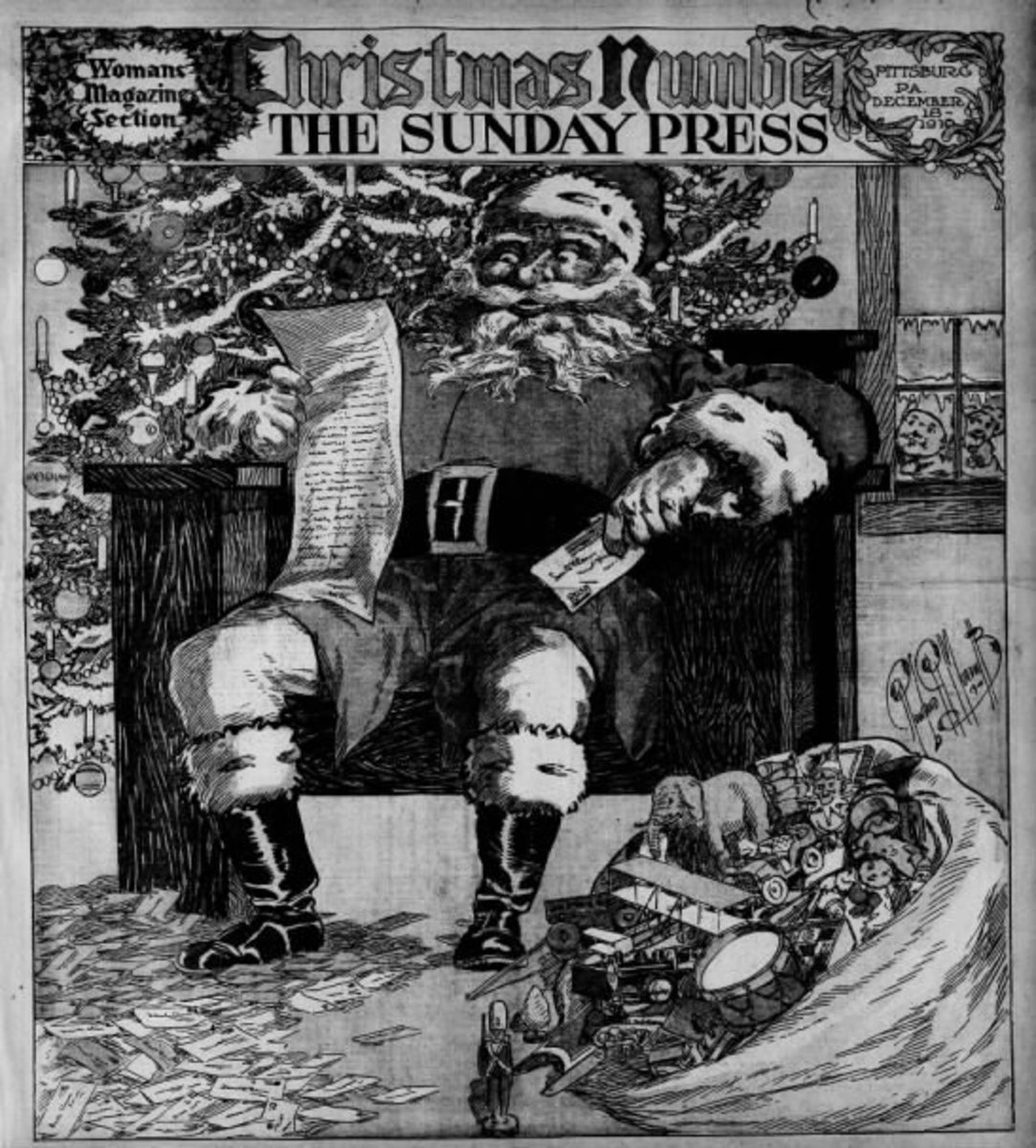Christmas Cards - From Penny Post to CyberPost
Christmas Cards for Sir Henry Cole's 2050 Closest Friends
According to most sources, Sir Henry Cole of London, England was the first person to send commercially produced Christmas cards. This was done in 1843 when he had a print shop print 2,050 cards with a holiday themed engraving by artist John Callcott Horsley.
Obviously, Sir Henry did not simply wake up one morning and decide to create the Christmas card as others, including Sir Henry, had been sending short letters, notes and homemade creations similar to the Christmas card for some time. Sir Henry's contribution was to outsource the designing and producing of the card to a commercial artist and a printing firm rather than producing the cards individually by himself. Of course, when one has 2,050 family, friends and close acquaintances, as Sir Henry apparently had, to send Christmas greetings to, it becomes difficult to do the job alone and by hand.
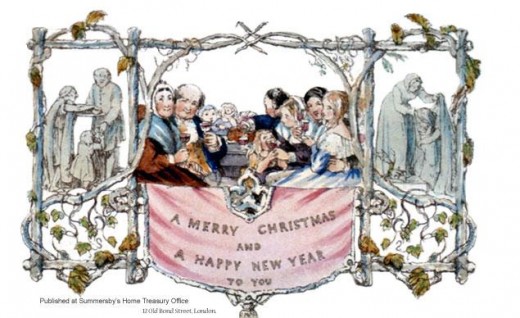
Other Forces Besides the Size of Sir Henry's Card List Were at Work
There were other forces at work which helped to push Sir Henry Cole to utilize commercial sources for the production of his written Christmas Greetings. The Industrial Revolution with its accompanying economic growth and rising wealth was well underway by this time and was a major factor in both the development and popularizing of new Christmas customs in general as well as the exchanging of Christmas greetings in particular. In fact, many of today's Christmas customs trace their origins to either new customs introduced in the Victorian era, such as the Christmas card, or to older traditions that the Victorians built upon and popularized such as the Christmas tree and Santa Claus http://hubpages.com/hub/St_Nicholas_Day (while an American contribution, Clement Moore's classic Twas the Night Before Christmas was written in the same Victorian Era whose influence extended to American) Thanks to the economic growth resulting from Industrial Revolution the rising middle class had both the time and money to indulge in the newer and more elaborate Christmas customs. In addition to economic growth and rising incomes, two other factors helped to influence the custom of sending Christmas cards and these were rising literacy and the passage of the Postal Reform Act of 1840 in Britain. A main feature of the Postal Reform Act was the creation of the Penny Post, a provision that allowed people living in the Kingdom of Great Britain and Ireland to mail letters weighing 1/2 ounce or less to any point within the kingdom for one penny. Sir Henry Cole had played a leading role in pushing for the creation of the Penny Post believing cheap and easy communication was needed for the growth of business. Rising literacy also played a role in the demand for cheap and easy postal communication. As a result of economic growth the literacy rates were increasing annually for all, from the working poor to the wealthy even before the introduction of public education in Great Britain.
Commercially Produced Cards Soon Included Valentines
The combination of increasing literacy and inexpensive postage set the stage for the immediate acceptance of commercial Christmas cards. And accepted they were. Not only did people embrace the idea of buying and mailing commercially produced Christmas cards but the practice quickly extended to Valentines as well. After receiving a Valentine card from a friend in England, Esther Howland proceeded to design and have printed a set of Valentines which she put on sale in her father's stationary store in Worcester, Massachusetts in 1847 a mere 4 years after Sir Henry Cole had his first Christmas cards printed commercially.
The practice of Christmas cards grew in the years following their introduction in 1843. Advances in photography led to many people to order special photo cards with a family photo. The introduction of photocopiers led to the beginning of the now famous Christmas letters that people typed, copied and inserted into their cards. With the advent of the PC these not only increased but became more elaborate and customized. The PC also brought about the introduction of electronic or e-cards. However, it is only recently that e-cards have begun to gain wide acceptance among the broad population as an alternative to traditional paper cards.
Reasons for Slow Acceptance of Christmas e-Cards are Many
There are a number of reasons for the slow acceptance of e-cards. Among these are the fact that e-cards are sent via e-mail and reside on servers which require a person to link to the server to view the card. Both email and easy Internet access are required in order to receive and view e-cards. Easy access to a computer with sufficient graphics capabilities is another requirement. Then there is the fact that providers of free e-cards financed the service with advertising which tended to add an element of tackiness to them for many people. Finally, most people not only liked the look and feel of physical paper but, since the middle of the last century many people displayed the cards they received along with the other Christmas decorations in their homes and e-cards did not lend themselves to this practice.
However, things are changing. Not only is an increasing portion of the population becoming more comfortable with electronic media over paper media but falling prices have meant that computers have been proliferating. Not only that, the quality of the hardware and software has improved greatly while the prices of these have continued to fall. Email has become so common that not only does practically everyone have one or more email addresses, they are also rapidly replacing traditional Post Office delivered mail (snail mail) with electronic transactions. Internet access, especially the faster DSL and Broadband services, has become both less expensive and more widely available, as well as being accessible via mobile telephones and TV sets. Environmental concerns are also encouraging many to go electronic to save trees.
Then there is the rising cost of both cards and postage. The 1840 Penny Post in Great Britain was not only extended to the British Empire as a whole in 1898 but was copied by many other nations including the United States. In addition to being widespread, cheap postage remained the norm and, until the early 1960s, Christmas cards in the United States could still be mailed for as little as two or three cents (provided the flap on the envelope was tucked in rather than sealed and nothing but the card was in the envelope - if sealed or additional items were included the cost increased by a couple cents). Today (2008) the cost of sending a single Christmas card has risen to forty-two cents. In 1843 when postage was a penny per letter it cost Sir Henry Cole $20.50 to mail cards to his 2,050 nearest and dearest friends. Today, at forty-two cents postage per card, it would cost him $861.00 to do the same thing. It is obviously time to either reduce one's circle of friends or go electronic.
While there are as many or more free e-card services available on the web as ever, recent years have also seen the emergence of a growing number of fee based e-card services which charge a fee to the user rather than relying on advertising to pay the bills. Many of the traditional free e-card services have either switched to fee based only, offer a limited free introductory service followed by charges to the individuals credit card once the introductory period ends or offer both a free service and a fee service with higher quality cards and more options in addition to no advertising.
JacquieLawson.com an Early Fee Based e-Card Service
An early entry into the fee based e-card market is British artist Jacquie Lawson and her jacquielawson.com e-card company.
I first heard about her service through an article about her on page B-1 of the December 21, 2004 edition of the Wall Street Journal. According to the article, Ms Lawson, an artist and widow living in Lurgashall in the South of England, originally designed an e-card to send to some friends. Having recently learned how to use a computer, Ms Lawson wanted to show off her new found computer skills to her friends. Combining her artistic and technology skills, she created an animated card featuring a drawing of the snow-covered cottage which was her home with a beautiful candle lit Christmas tree outside and her dog, Chudleigh, and cat romping in the snow (this card, titled Christmas Cottage is now among the card options customers can choose to send to friends). After sending the card to her friends she left for a foreign holiday leaving the computer behind. Upon her return she found her email box overflowing with over 1,500 emails from strangers asking if she had any more cards. It seems that her friends had been so impressed with the card that they had forwarded it to others who, in turn forwarded it to more friends and so on.
It didn't take her long to set up business out of her home. Jacquie does all of the work of designing and creating her e-cards while her nephew and his business partner handle the technical aspects of managing her website. She also has a personal assistant who supplies additional content for her site by writing and managing Chudleigh's Page, an ongoing account of her Chocolate Labrador-Springer Spaniel named Chudleigh's observations and adventures. Chudleigh and her cat also appear in most of her cards. According to the Wall Street Journal article, her site grossed $US 1.7 million in 2003 and was projected to make $US 5 million in 2004. Given her growing customer base, 80% of which live in the U.S., and increased annual fee from $8 to $12 it is safe to say that her annual revenues are probably well in excess of $5 million by now.
Helping the revenue grow is the fact that her card inventory has expanded to 122 and these cover all the major American holidays (her market is mostly American) as well as routine cards like thank you notes, sympathy and get well soon cards. All of the cards can be viewed at no charge on her website www.jacquielawson.com and every card that I have seen comes with sound and animation.
I Finally Go Electronic and Send eCards This Christmas
Even though I have known about these cards for the past four years, I never felt, for all the reasons cited above, that e-cards were a good substitute for the old fashioned kind. However, this year as I graded the last of my students' papers and exams and went online to post their grades at eight o'clock on December 23rd, I suddenly realized that there was no way I could get my Christmas cards out on time by traditional means.
So I went to Jacquie's website for the first time and was sufficiently impressed with the quality that I not only paid the $12 fee for a year's membership but also purchased a second membership and sent it, along with a card, to my daughter, who lives out of state, to replace the little gifts that would have been in her Christmas stocking had she still lived in town. In a way I not only went electronic with my Christmas cards but with one of my children's Christmas Stockings as well.
Links for Additional Reading
- Dickens Classic "A Christmas Carol"
Down loadable copy of Charles Dickens Christmas classic "A Christmas Carol" from Google Books - Victorian Christmas Tradition, Traditional Victorian Christmas, dgreetings.com
dgreetings.com offers you more in depth analysis of Victorian Christmas Tradition. - A Victorian Christmas
- Christmas card - Wikipedia, the free encyclopedia
- Celebrate a Victorian Christmas with Victorian Christmas Customs
Sometimes we think about what life was like more than 100 years ago and think of simpler times. But when it came to Christmas, the Victorians really did it up right! Decorating, feasting and sharing songs, music and gifts with others were all the ord - Christmas in Victorian England
© 2008 Chuck Nugent





